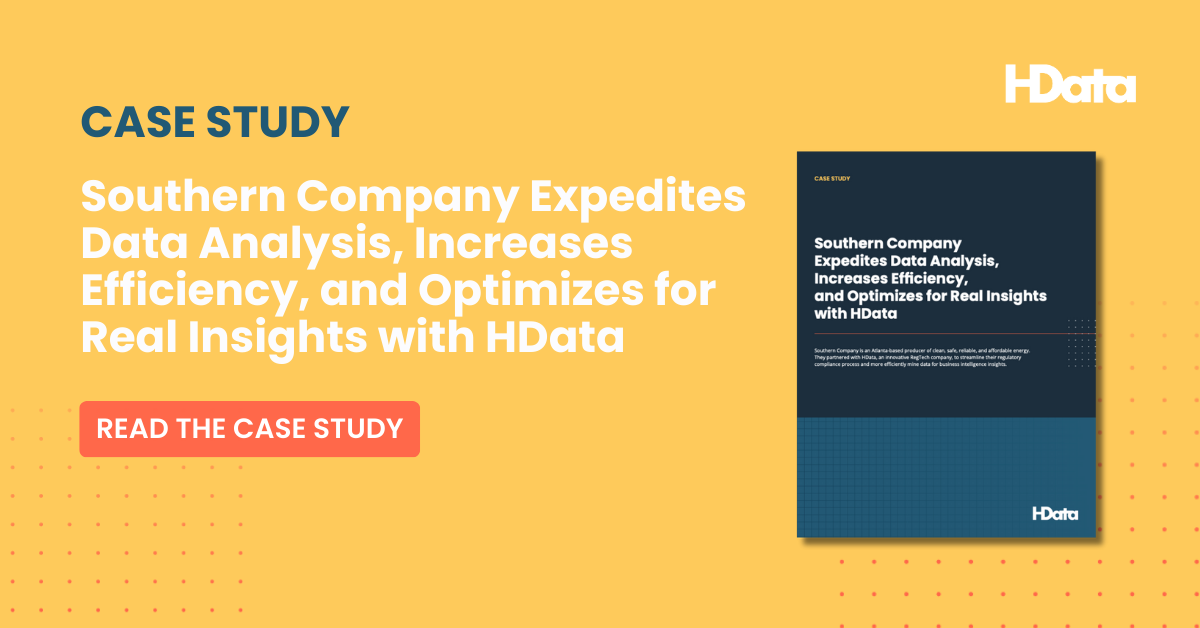Conversations about artificial intelligence (AI) are popping up everywhere. It’s in our headlines, it’s on the 5 o’clock news, people are even talking about it in grocery stories! Our language to describe these kinds of tools is evolving swiftly.
If you’re feeling at all overwhelmed by the speed this language is evolving, you’re not alone.
Our glossary can help!
Algorithm: The decision engines that technologies use to deliver relevant results. An algorithm consists of a set of instructions or rules followed by a computer to perform a specific task. They are essential in artificial intelligence and machine learning for data processing and decision-making. They dictate which products are suggested for when you’re browsing Amazon and what stories appear in your social feeds, for example.
Artificial Intelligence (AI): The field of computer science focused on creating systems that can perform tasks that typically require human intelligence, such as problem solving, learning, and decision making.
AI Hallucination: An occurrence where an artificial intelligence system generates or perceives information, patterns, or artifacts that are not based on real data or events, often leading to erroneous conclusions or interpretations. An early example of an AI hallucination that made news was a lawyer who submitted non-existent judicial opinions with fake quotes and citations after asking ChatGPT to research court filings.
Bias: A crucial ethical consideration, bias is the presence of unfair or discriminatory outcomes in artificial intelligence systems due to the presence of bias in the data used to train it or the algorithms it was programmed to use.
Big Data: Extremely large and complex datasets that require specialized tools and techniques to process and extract meaningful information, crucial for artificial intelligence applications.
Chatbot: A computer program or AI application designed to simulate conversation with human users. They’re often used for customer support, information retrieval, and interactive experiences on websites and messaging platforms.
Conversational / Conversant AI: AI systems designed to engage in human-like conversations. Conversational AI includes chatbots, virtual assistants, and dialogue systems used for natural language interactions. This type of AI is often used in customer service, either as a tool on a website or a prompted voicemail system. Sometimes it’s hard to tell you’re not chatting with a person.
Computer Vision: The application of AI and computer algorithms to interpret and understand visual information from images and videos, used in facial recognition and object detection. If you use an iPhone that uses FaceID instead of a passcode to unlock, you’re interacting with computer vision technology.
Data Science: An interdisciplinary field that involves collecting, cleaning, analyzing, and interpreting data to gain insights and make data-driven decisions. It is often used as a foundation for artificial intelligence and machine learning.
Deep Fake: Realistic but fabricated audio, video, or other content created by AI that can convincingly mimic real individuals or events. Deep fakes are often used for deceptive purposes.
Deep Learning: A subfield of machine learning that uses neural networks with many layers (deep neural networks) to model and solve complex tasks, such as image and speech recognition.
Generative AI: A subset of AI that focuses on creating models capable of generating new and original content, such as text, images, music, or other creative works. Generative AI includes technologies like GANs (Generative Adversarial Networks) capable of creating lifelike images from text descriptions and language models that can produce human-like text.
Grounding: The act of meaningfully connecting abstract concepts or representations with an artificial intelligence system to real-world data, reference points, or experiences. This is what allows AI to understand and interact with its users based on that reference knowledge.
Machine Learning (ML): A subset of artificial intelligence that involves training computer algorithms to learn patterns from data and make predictions or decisions without explicit programming.
Models: In the context of artificial intelligence and machine learning, models are mathematical representations or algorithms that learn patterns and relationships in data. They can be used for tasks like classification, regression, and generation.
- Language models, for example, are designed to understand and generate human language. They can be used for tasks such as language translation, text generation, and sentiment analysis.
Natural Language Processing (NLP): A field of artificial intelligence that focuses on enabling computers to understand, interpret, and generate human language, often used in chatbots, translation, and sentiment analysis.
Neural Network: A computational model inspired by the human brain's structure, used in deep learning to process and analyze data, particularly for tasks like image and natural language processing.
Overfitting: When a machine learning model is too complex and fits the training data perfectly but fails to generalize well to new, unseen data.
Reinforcement Learning: A type of machine learning where algorithms learn by interacting with an environment, receiving feedback in the form of rewards or punishments, to make a sequence of decisions.
Supervised Learning: A type of machine learning where algorithms are trained on labeled data, where the correct answers are known, to make predictions or classifications.
Training Data: The set of data used to train machine learning models. It consists of examples with known outcomes or labels, and the model learns patterns and relationships from this data to make predictions or classifications.
Unsupervised Learning: A type of machine learning where algorithms identify patterns or structures in data without labeled examples, often used for clustering or dimensionality reduction.
Are you interested in learning more about artificial intelligence in the utilities sector? Curious to see first-hand what HData products can do? Request a copy of our ebook to learn more.


